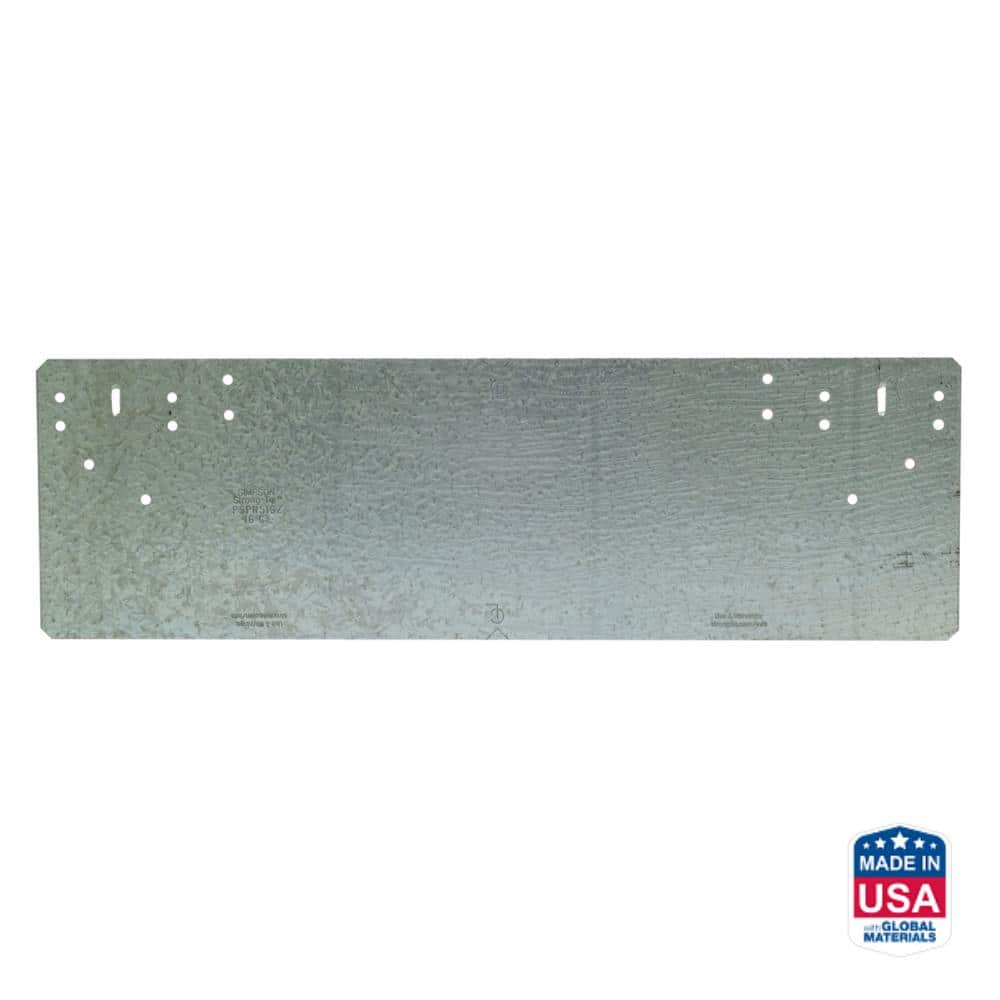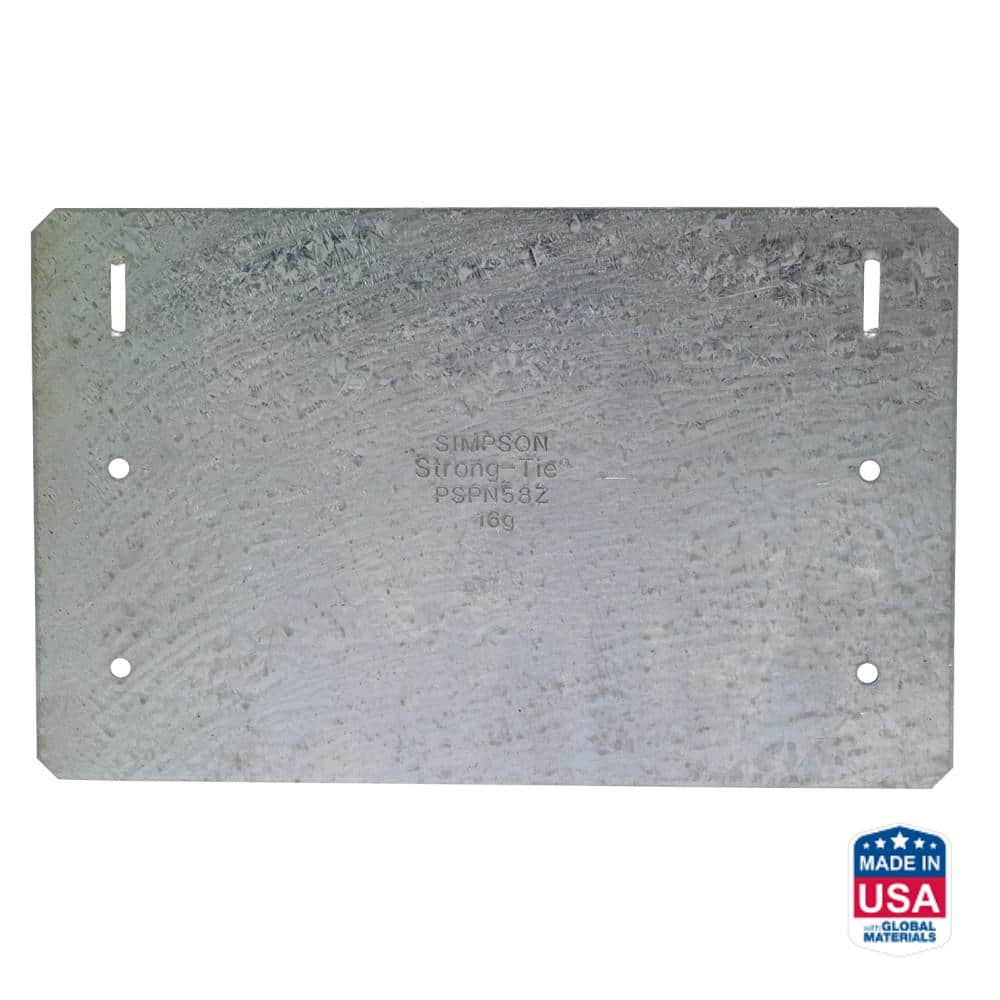Public Input No. 1027-NFPA 70-2023 [ Section No. 300.4(D) ]
(D) Cables and Raceways Parallel to Framing Members and Furring Strips.
In both exposed and concealed locations, where a cable- or raceway-type wiring method is installed parallel to framing members, such as joists, rafters, or studs, or is installed parallel to furring strips, the cable or raceway shall be installed and supported so that the nearest outside surface of the cable or raceway is not less than 32 mm (11⁄4 in.) from the nearest edge of the framing member or furring strips where nails or screws are likely to penetrate. Where this distance cannot be maintained, the cable or raceway shall be protected from penetration by nails or screws by a steel plate, sleeve, or equivalent at least 1.6 mm (1⁄16 in.) thick.
Exception No. 1: Steel plates, sleeves, or the equivalent shall not be required to protect rigid metal conduit, intermediate metal conduit, rigid nonmetallic conduit, or electrical metallic tubing.
Exception No. 2: For concealed work in finished buildings, or finished panels for prefabricated buildings where such supporting is impracticable, it shall be permissible to fish the cables between access points.
Exception No. 3: A listed and marked steel plate less than 1.6 mm (1⁄16 in.) thick that provides equal or better protection against nail or screw penetration shall be permitted.
Exception No.4 Entrance to a device box installed on wood or metal studs, the cable can be within (1.6mm) 1.25 inch from the framing member and no more than 6 inches above or below the device box.
Statement of Problem and Substantiation for Public Input
Cables entering a deep device box on 4 inch studs require the cables to be closer than allowed per 300.4. Allowing and exception will give the electrical contractor 6 inches below, or above the box to be closer than required per 300,4
Committee Statement
| Resolution: | Nails or screws are likely to penetrate cable or raceways within 6 inches either above or below a device box if the 1 ¼” spacing from the nearest edge of the framing member is not maintained. Where this distance cannot be maintained, the cable or raceway shall be protected from penetration by nails or screws by a steel plate, sleeve, or equivalent at least 1.6 mm (1 ⁄16 in.) thick. |


